Charger 26 Click is a compact add-on board that provides a single-cell charging solution. This board features the MAX1811, a USB-powered Li+ charger from Analog Devices. The charger uses an internal FET to deliver the battery up to 500mA charging current. It has pre-conditioning that soft-starts a near-dead battery cell before charging. The other safety features include continuous monitoring of voltage and current and initial checking for fault conditions before charging. This Click board™ makes the perfect solution for the development of PDAs, digital still cameras, MP3 players, cell phones, hand-held devices, and more.
Charger 26 Click is fully compatible with the mikroBUS™ socket and can be used on any host system supporting the mikroBUS™ standard. It comes with the mikroSDK open-source libraries, offering unparalleled flexibility for evaluation and customization. What sets this Click board™ apart is the groundbreaking ClickID feature, enabling your host system to seamlessly and automatically detect and identify this add-on board.
 Current Click
1 × R315.00
Current Click
1 × R315.00  tRF Click
2 × R1,050.00
tRF Click
2 × R1,050.00  RTC 2 Click
2 × R465.00
RTC 2 Click
2 × R465.00  MP3 Click
1 × R485.00
MP3 Click
1 × R485.00  UT-L 7-SEG R Click
1 × R780.00
UT-L 7-SEG R Click
1 × R780.00 

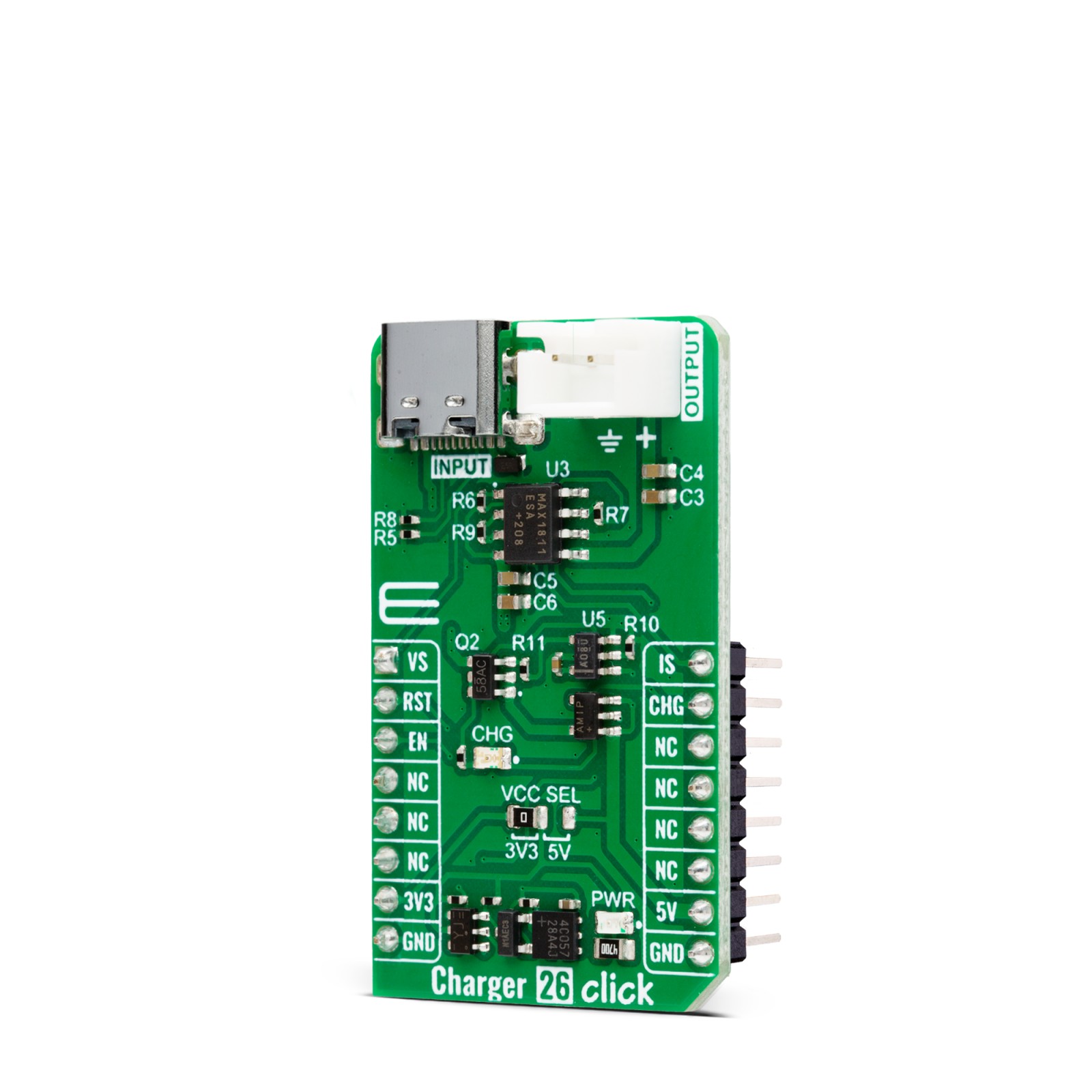



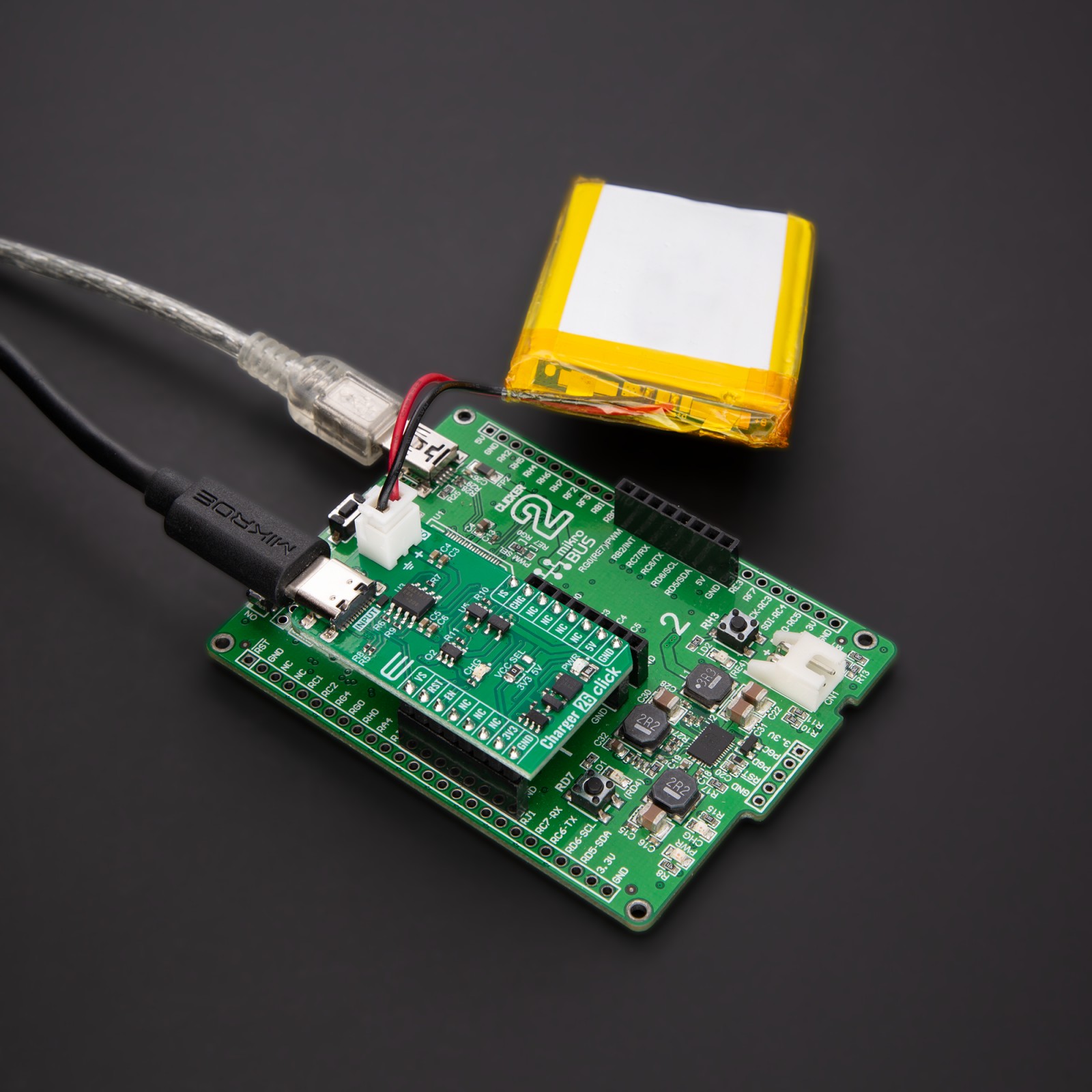


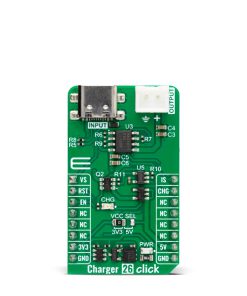
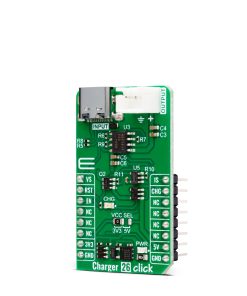
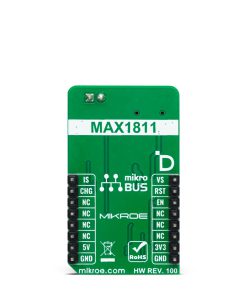

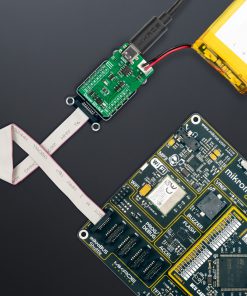
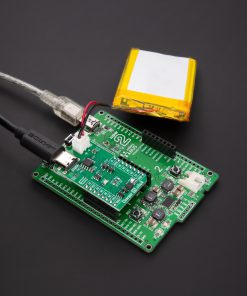

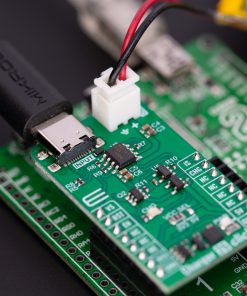
.jpg)







